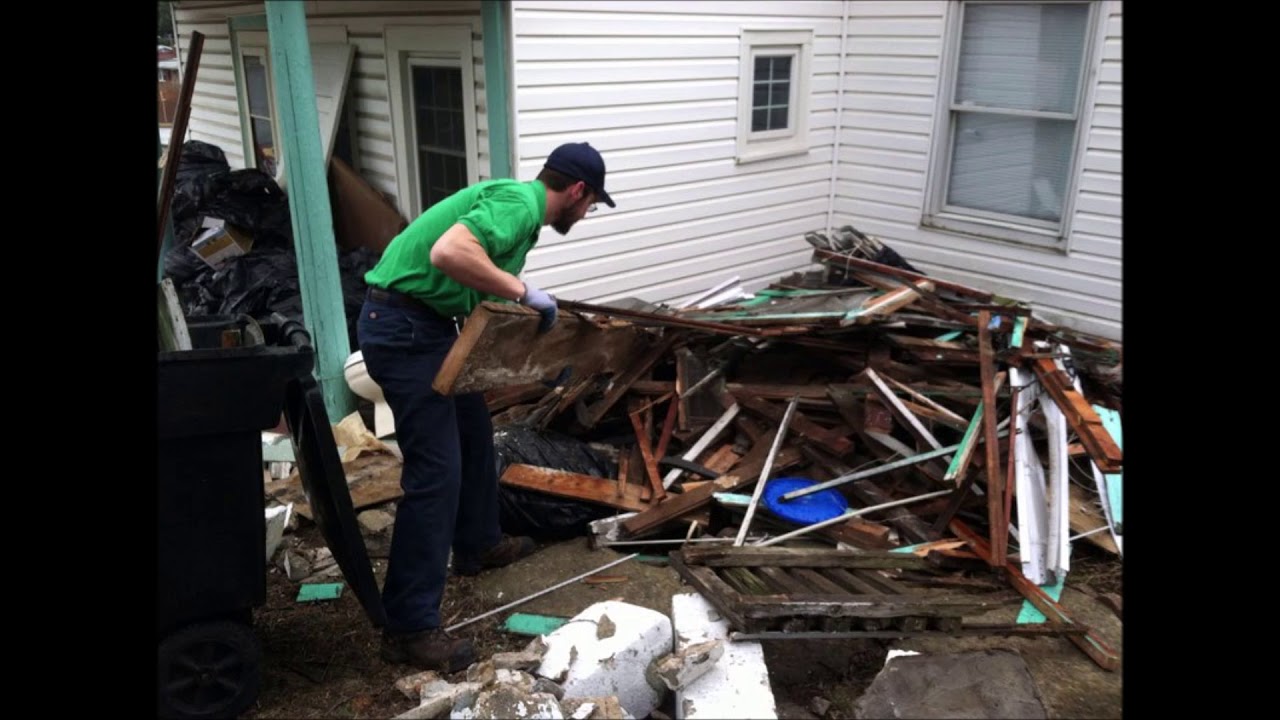How to Remove Construction Debris? A Comprehensive Guide

Construction projects, whether large or small, inevitably produce debris—piles of wood scraps, concrete chunks, drywall, nails, packaging, and dust. After the work is done, what remains is the daunting task of cleaning up. Efficient construction debris removal is essential to ensure safety, improve site accessibility, and reduce environmental impact.
In this guide, we’ll cover smart, eco-friendly ways to clear debris after construction—from prep to disposal. Whether it’s a home remodel or commercial build in Houston TX, efficient waste management is key. We’ll also touch on safety tips, green practices, and how Trash Hauling Fast can make cleanup easier.
Why Is Construction Debris Removal Important?
Construction waste can pose serious risks to health and safety. Nails, glass, sharp metal edges, or unstable piles of rubble may cause injuries. Moreover, scattered debris can delay further work or occupancy. By removing debris properly, you create a clean, functional, and aesthetically pleasing space that meets building codes and environmental standards.
Additionally, proper disposal ensures compliance with local waste management regulations and reduces the environmental impact.
Evaluate the Debris Type and Volume
Begin by assessing the kind of debris you're dealing with. Different materials require different handling and disposal methods. Common construction debris includes:
- Wood and lumber
- Concrete and asphalt
- Drywall and plaster
- Bricks and tiles
- Glass and metals
- Packaging materials (cardboard, plastic, etc.)
Sort debris into categories to streamline the removal and disposal process. This step helps determine if items can be reused, recycled, or must go to a landfill.
Use the Right Equipment
Safety should always come first. Equip yourself with proper protective gear:
- Gloves
- Steel-toe boots
- Safety goggles
- Dust masks
For larger debris, you may need tools like wheelbarrows, shovels, brooms, and heavy-duty garbage bags. In some cases, renting a dumpster or hiring a loader may be necessary to manage bulk waste efficiently.
Separate Recyclables and Reusables
Construction sites often produce materials that can be recycled or repurposed, helping reduce landfill waste and save money.
- Wood: Can be chipped into mulch or reused in framing and other projects.
- Metal: Valuable and easily recyclable.
- Concrete: Crushed and reused for gravel or fill material.
- Glass and plastic: Recyclable at specialized facilities.
Sorting these materials from the beginning simplifies transportation to appropriate recycling centers.
Dispose of Hazardous Waste Properly
Construction often leaves behind hazardous materials, such as paint cans, adhesives, solvents, and treated wood. These require special handling.
Do not mix them with general waste. Contact your local hazardous waste facility or review guidelines on proper disposal. Mishandling toxic materials can lead to fines or environmental contamination.
Load and Haul Strategically
Once sorted and packed, it’s time to move the debris off-site. Use sturdy containers or bins for easy loading and secure transport. You can:
- Rent a roll-off dumpster for on-site collection.
- Use a pickup truck or trailer for small-to-medium loads.
- Schedule a bulk waste pickup through a private or municipal service.
Ensure that loads are safely secured to prevent spillage during transit. Dumping waste illegally or improperly can lead to legal penalties.
Clean the Area Thoroughly
After the major debris is removed, sweep the site thoroughly. Use a shop vacuum to remove fine dust and particles, especially in indoor settings. Pressure washers are effective for cleaning driveways, sidewalks, and other exterior surfaces impacted by dust or paint.
This final touch restores cleanliness and ensures the area is ready for the next phase—be it interior furnishing or outdoor landscaping.
Consider Sustainable Waste Disposal
Environmentally responsible debris removal is not only good practice—it’s becoming an industry standard. Look for green disposal options, such as:
- Donating usable materials to non-profits or community projects
- Using eco-friendly disposal bags
- Choosing a debris removal service that prioritizes recycling
This step reflects your commitment to sustainability and reduces your project’s carbon footprint.
Hire Professional Help if Needed
For large-scale projects or when you lack the tools, time, or manpower, hiring professionals may be the best choice. Look for companies that specialize in post-construction cleanup and understand local regulations for waste sorting and disposal.
A good team will manage the cleanup efficiently, ensure safety, and possibly recycle materials on your behalf.
Benefits of Efficient Debris Removal
Removing construction debris quickly and properly offers numerous advantages:
- Enhances safety for workers and residents
- Speeds up project completion
- Improves property aesthetics
- Ensures environmental compliance
- Prepares the space for occupancy or use
Final Thoughts
Learning how to remove construction debris doesn’t have to be overwhelming. With planning, proper tools, and an understanding of recycling and disposal methods, you can complete this task efficiently and responsibly. Whether you do it yourself or hire professionals, the key lies in organization, safety, and environmental awareness.
A clean, debris-free space is not only safer but also speaks volumes about the quality and professionalism of the project.
FAQs
1. Can construction debris be recycled?
Yes, many materials like concrete, metal, wood, and drywall can be recycled. Always check with local facilities to ensure proper recycling procedures.
2. What’s the best way to dispose of drywall?
Drywall can often be recycled or reused, especially if it's free from paint or mold. Otherwise, it should be disposed of in accordance with local construction waste guidelines.
3. Is it safe to burn construction debris?
No. Burning construction waste, especially treated wood or materials with paint or adhesives, can release toxic fumes. This is illegal in many areas and dangerous to health.
4. How do I handle leftover paint and chemicals?
Treat leftover paint and chemicals as hazardous waste. Store them safely and contact your local hazardous waste center for proper disposal.
5. Should I rent a dumpster or use a debris removal service?
It depends on the scale of the project. For smaller jobs, DIY removal may suffice. For larger amounts of debris, renting a dumpster or hiring a service ensures faster and more efficient cleanup.
Note: IndiBlogHub features both user-submitted and editorial content. We do not verify third-party contributions. Read our Disclaimer and Privacy Policyfor details.


